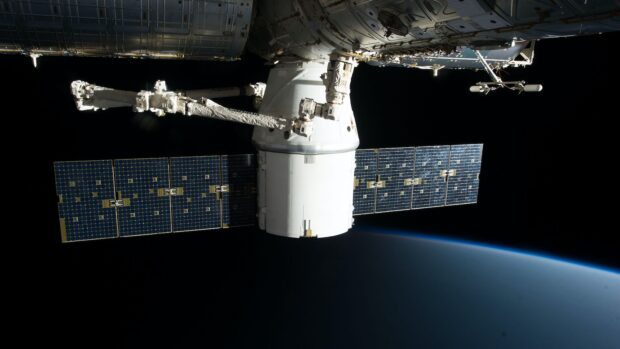Artificial aurora shines over Alaska
Alaskans witnessed an artificial aurora illuminate the night sky on November 4, 2023. US-based researchers from various educational institutions launched the experiment using the HAARP facility. The University of Alaska Fairbanks says it will help scientists learn about auroras and apply their research to other interstellar issues.
One of the more interesting applications of this research is tracking space junk. It has been a growing issue that could prevent the world from conducting future space explorations. Moreover, it will help experts learn more about the ionosphere’s effects on civilian, military, surveillance communications, and radar and navigation systems.
This article will discuss how scientists created an artificial aurora over the United States frigid region. Later, I will focus on space junk, one of its most important applications.
How did scientists create an artificial aurora?

The artificial aurora research was a collaboration among Cornell University, University of Florida, University of Florida, University of Alaska Fairbanks, and Georgia Institute of Technology. They used the world’s most powerful high-frequency transmitter, HAARP.
The acronym stands for High-frequency Active Auroral Research Program. The HAARP website states its research purpose is to “conduct a fundamental study of the physical processes at work in the very highest portions of our atmosphere.”
HAARP transmitters functioned like heaters as they excited gasses in the upper atmosphere. Afterward, PopSci says these particles “de-excite,” producing an airglow roughly 120 to 150 miles above the ground, visible to the residents of Gulkana, Alaska.
Auroras, also known as northern lights or airglow, are majestic ribbons of light shimmering across Earth’s northern and southern polar regions. They appear when magnetic solar particles collide with the Earth’s Ionosphere.
These solar waves excite Ionosphere particles. Later, they slow down, producing iridescent curtains across the Earth’s coldest areas. The HAARP mimics this natural phenomenon to create artificial auroras.
UAF writer Rod Boyce explained the project’s purpose further. “Scientists will investigate ionosphere mechanisms that cause optical emissions,” he stated.
“They’ll also try to understand whether certain plasma waves – gasses so hot that electrons get knocked off atoms – amplify other very low-frequency waves. And they’ll investigate how satellites can use plasma waves in the ionosphere for collision detection and avoidance.”
As mentioned, the project studies our planet’s ionosphere further and examines its impact on radar and navigation systems. Moreover, Popsci said HAARP will enable experts to peek into a passing asteroid, observe solar storms, and conduct other relevant tests.
Anchorage Daily News stated the research could help develop a new way to track “space junk.” The latter refers to manmade debris left by old launch vehicles and satellites.
What is the problem with space junk?

This year showed everyone that more countries are launching space exploration missions. For example, 2023 is the moment when India became the fourth nation to land on the Moon.
However, that also meant humanity left more garbage in near-Earth orbit. Think of your typical spaceship launch. Often, it involves huge rockets that launch a spacecraft with a huge explosion.
The space vessel sheds the rockets once it reaches a specific height, gaining enough momentum to start its voyage. It’s a spectacular sight, but where does that discarded equipment go?
Such things often stay in our atmosphere. Worse, we’ve accumulated so many that it may impede future space missions. They may obstruct upcoming launches worldwide and scientific progress.
Space junk could also collide with active satellites, potentially disrupting their services. For example, a global positioning system satellite may crash into debris, preventing navigation for many.
Aside from producing artificial auroras, HAARP chief scientist Paul Bernhardt says the transmitters could help track space debris. “Traditionally, space debris is observed with satellite and ground sensors that use optics and ranging radars,” he said.
These methods, however, cannot detect many smaller debris. University scientists have suggested a novel technique for locating space debris by measuring the electric fields that surround them while in motion,” Bernhardt added.
Conclusion
Scientists from multiple universities used high-frequency waves to produce artificial auroras. As a result, Alaskans saw their skies shimmer red and green via manmade methods.
Scientists say this experiment can help us understand the ionosphere, which is the part of the atmosphere that blocks solar magnetic waves. Also, the study could check how the ionosphere affects wireless communications.
It might enable humanity to clear space debris and continue exploring the stars. Learn more about the latest digital tips and trends at Inquirer Tech.